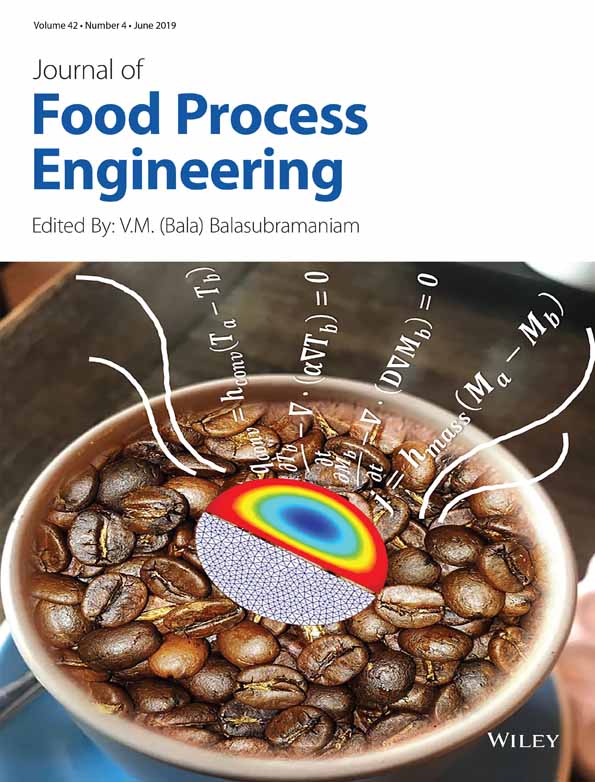Effects of various thermal processing methods on the shelf-life and product quality of vacuum-packaged braised beef
Funding information National Key R&D Program of China, Grant/Award Numbers: No. 2017YFD0400501, 2017YFD0400501; Government of Jiangsu Province Key Laboratory Project of Advanced Food Manufacturing Equipment and Technology, Grant/Award Number: FMZ201803; National First-class Discipline Program of Food Science and Technology, Grant/Award Number: JUFSTR20180205
Abstract
The aim of this article was to compare the effects of three different heating methods; water bath (WB), radio frequency (RF), microwave (MW), and their combinations (WB–RF, WB–MW, RF–MW) on reducing bacterial load, extending shelf-life, and preserving quality (color, texture, peroxide value, and smell) of vacuum packed braised beef. The thermally processed samples were stored at 37°C, and the total number of bacterial colonies, pH, color, texture, and smell profiles was measured and analyzed. WB–RF heating was found to be the most suitable among these three methods and their combinations. WB–RF prolonged the shelf-life of samples to the longest and also caused the least damage to color, texture, flavor, and caused least lipid oxidation. The WB–RF processed samples had similar sensory acceptability to that of untreated samples.
Practical applications
Compared with high temperature and high pressure sterilization, flexible heating methods can be a feasible approach to not only guarantee a certain shelf-life of the braised beef but also improve the sensory and nutritional quality of products thus increasing the acceptability to consumers.




